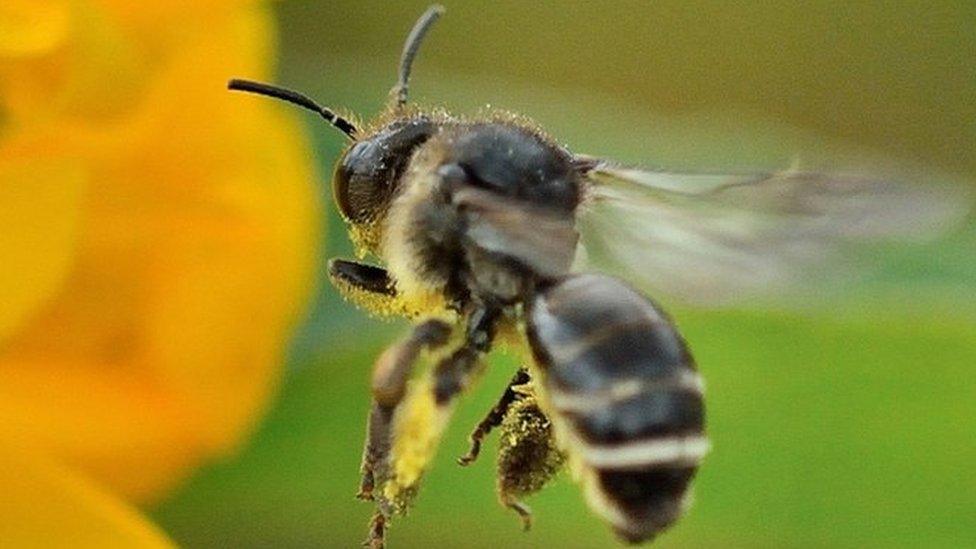Rare species found at London Olympic Park
- Published
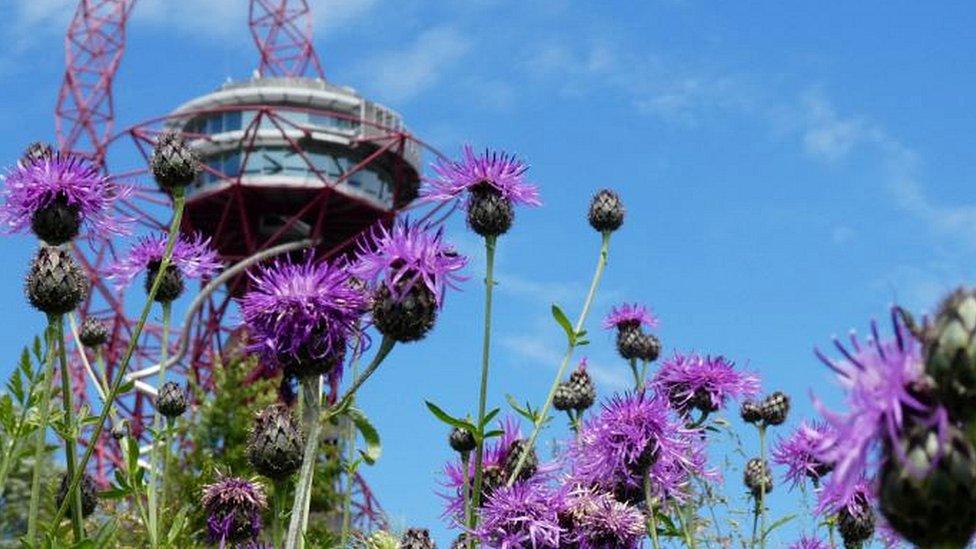
One of the wildflowers the meadows in the park support is the common knapweed - a bright purple flower that blooms between June and September
Ten rare species have been found for the first time at Queen Elizabeth Olympic Park in east London.
A survey discovered the park, opened in 2014, has become home to a range of rare plants and animals including the streaked bombardier beetle, black redstart, external and brown-banded carder bee.
Habitat installations were put in the 560 acre park when built, including 150 bat boxes and 525 bird boxes.
Park officials said they were thrilled the species found a home at the park.
The park was built on the transformed site of many of the events of the London 2012 Olympics and Paralympics after the removal of the temporary structures used for some sports and alongside those that were permanent, including the main stadium, swimming centre and velodrome.
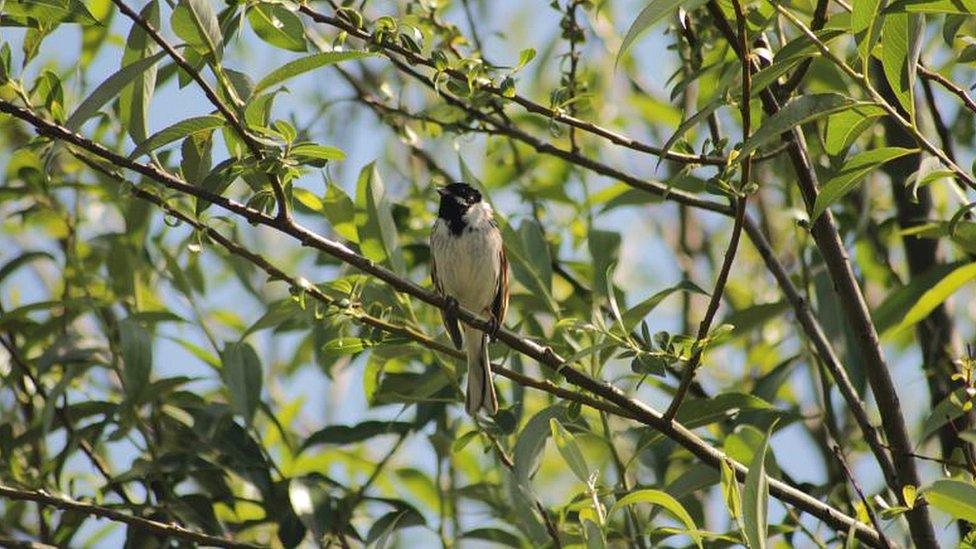
Reed buntings have been recorded breeding every year at the park since 2013
Ruth Holmes, the London Legacy Development Corporation's design principal, said: "We are thrilled that the landscape that has been created as part of the regeneration supports so many rare species that have found suitable habitats at Queen Elizabeth Olympic Park.
"The 10 habitat types selected to create the new park reflected the diversity of the site prior to construction, as well as the desire to restore different types of vegetation to the area.
"The park and its wildlife proved to be a lifeline for many east Londoners during lockdown, with the parkland and its flora and fauna providing safe, open space for exercise and relaxation."

There are over 20 species of damselfly that may be encountered in the UK and Ireland
Volunteers and park rangers have also recorded more than 1,100 species of invertebrates during the survey at the park, which is set to be carried out every five years.
"Volunteers have scythed over 13,000 sq m of grasslands, and managed invasive species along 2km of river corridors," Ms Holmes said.
"They have recorded 20 different species of butterfly recorded during their survey work."

The park is on the site of most of the main venues used for the London 2012 Olympics and Paralympics
Catherine Norris, biodiversity manager for The Biodiversity Action Plan, said: "I've seen first-hand the benefits that the green infrastructure has had for our visitors and volunteers, and the value of parks for people and wildlife."One of the wildflowers that the meadows support is the common knapweed- a bright purple flower that blooms between June and September
- Published15 September 2020
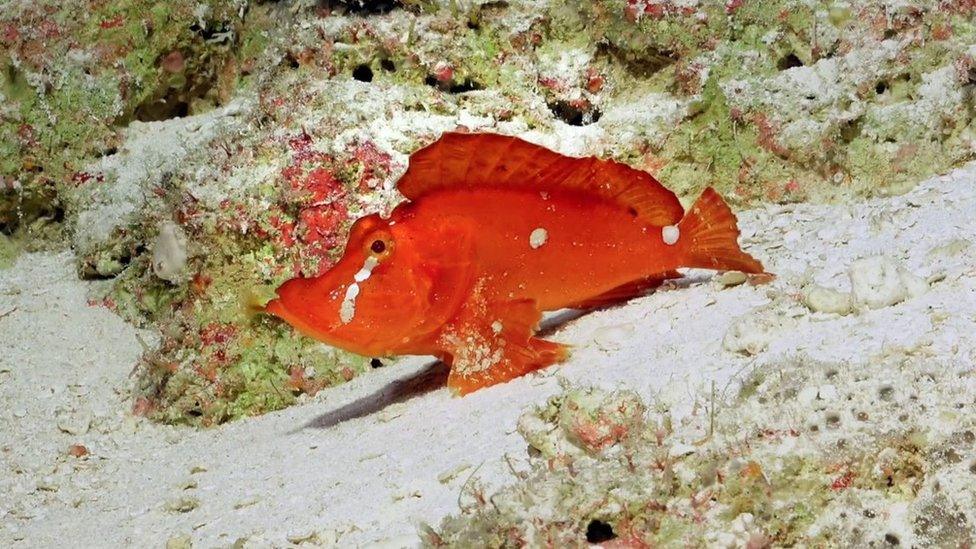
- Published15 January 2020
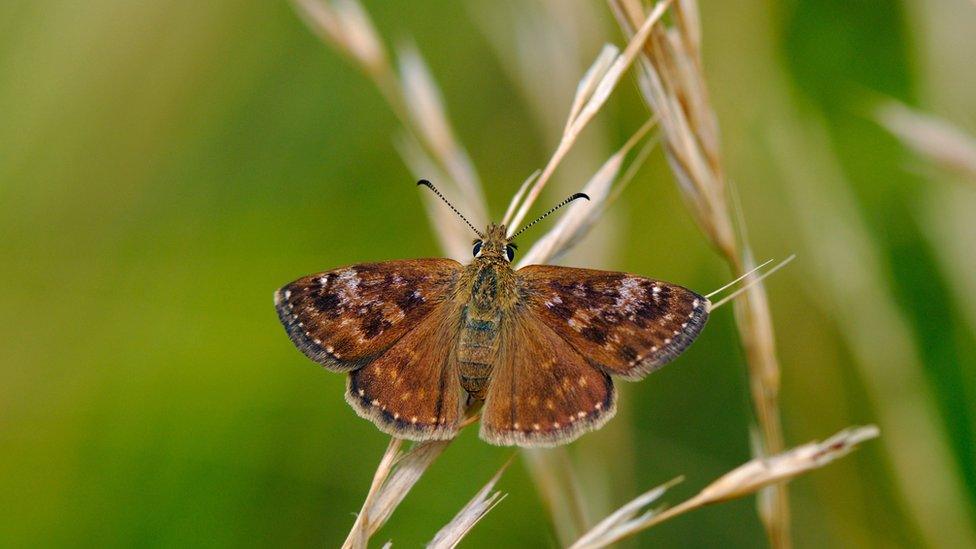
- Published19 August 2020
